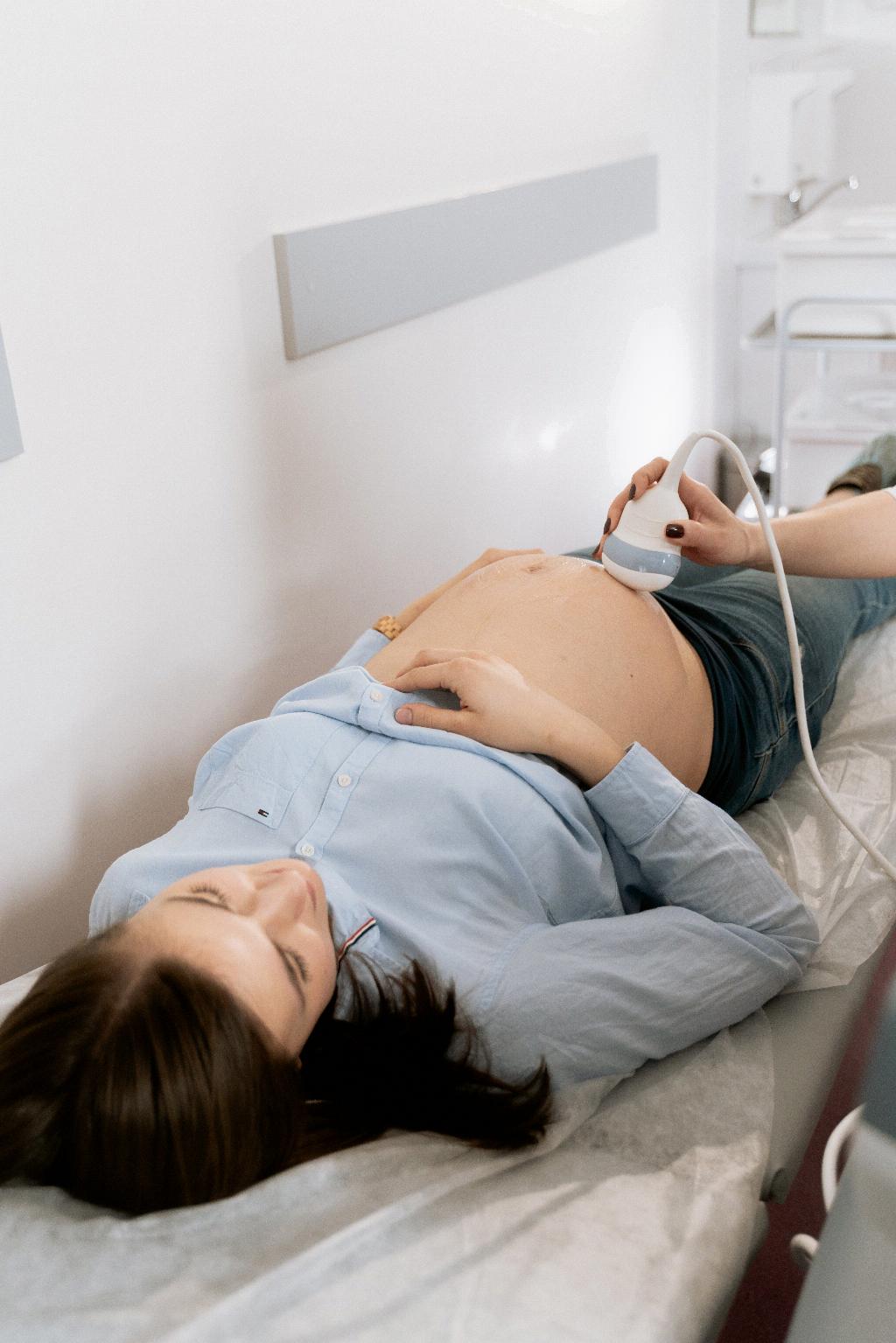When discussing ectopic pregnancies, one of the essential aspects to consider is the location where they most commonly occur. An ectopic pregnancy happens when the fertilized egg implants and grows outside the uterus, typically in the fallopian tube. This type of ectopic pregnancy is known as a tubal pregnancy, which is the leading cause of maternal mortality during the first trimester.
The reason why the fallopian tube is the most common location for an ectopic pregnancy to occur is due to its role in the reproductive process. The fallopian tube is responsible for transporting the egg from the ovary to the uterus for implantation. If the egg gets stuck or delayed while traveling through the fallopian tube, it can lead to implantation outside the uterus, resulting in an ectopic pregnancy.
In addition to the fallopian tube, ectopic pregnancies can also occur in other locations such as the ovary, abdomen, or cervix, but these instances are rarer compared to tubal pregnancies. When an ectopic pregnancy implants in these alternative locations, it can pose significant health risks to the mother and requires prompt medical intervention.
Recognizing the signs and symptoms of an ectopic pregnancy is crucial for early detection and timely management. Symptoms may include abdominal or pelvic pain, vaginal bleeding, dizziness, shoulder pain, and gastrointestinal issues. If you experience any of these symptoms, it is vital to seek immediate medical attention to prevent complications.
Factors that can increase the risk of an ectopic pregnancy include a history of pelvic inflammatory disease, previous ectopic pregnancy, tubal surgeries, endometriosis, smoking, and advanced maternal age. Understanding these risk factors can help individuals make informed decisions about their reproductive health and consult healthcare providers for proper guidance.
Diagnosing an ectopic pregnancy often involves a combination of physical exams, blood tests to measure pregnancy hormone levels, and imaging studies such as ultrasounds. Early diagnosis is crucial in preventing complications like rupture of the fallopian tube, which can lead to life-threatening internal bleeding if left untreated.
Treatment options for ectopic pregnancies depend on various factors such as the location of the implantation, the size of the ectopic mass, and the overall health of the mother. In some cases, medications like methotrexate may be used to dissolve the pregnancy tissue, while surgical procedures may be necessary for more advanced cases.
Recovering from an ectopic pregnancy can be both physically and emotionally challenging for individuals and their partners. It is essential to seek support from healthcare professionals, counselors, or support groups to navigate through the healing process and address any emotional distress or trauma associated with the experience.
Preventive measures such as early prenatal care, maintaining a healthy lifestyle, avoiding smoking and illicit drug use, and practicing safe sex can help reduce the risk of ectopic pregnancies. Being proactive about your reproductive health and discussing any concerns with your healthcare provider are vital steps in promoting overall well-being.
Overall, understanding the common location of ectopic pregnancies in the fallopian tube sheds light on the importance of early detection, prompt treatment, and preventive strategies to safeguard maternal health and well-being. By staying informed and proactive about reproductive health, individuals can take control of their fertility journey and make empowered decisions for their future.

